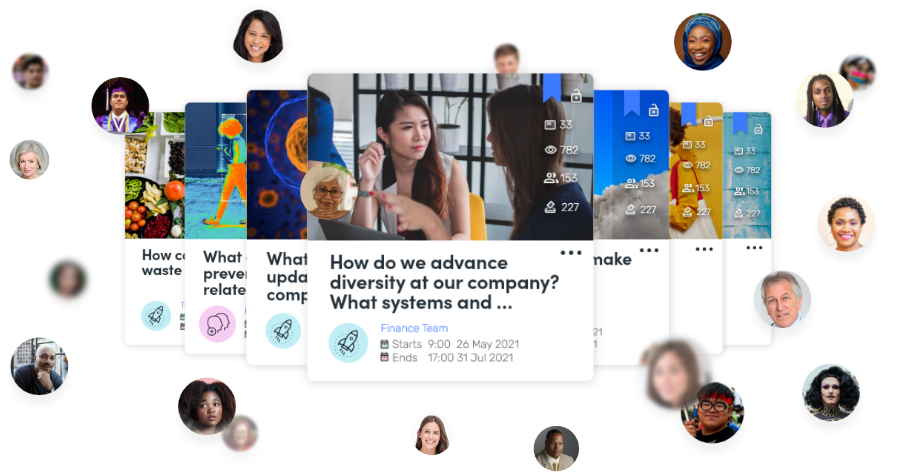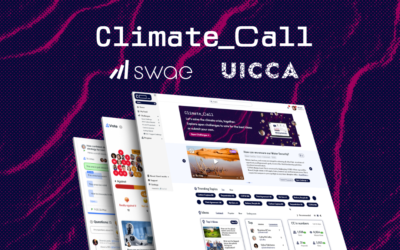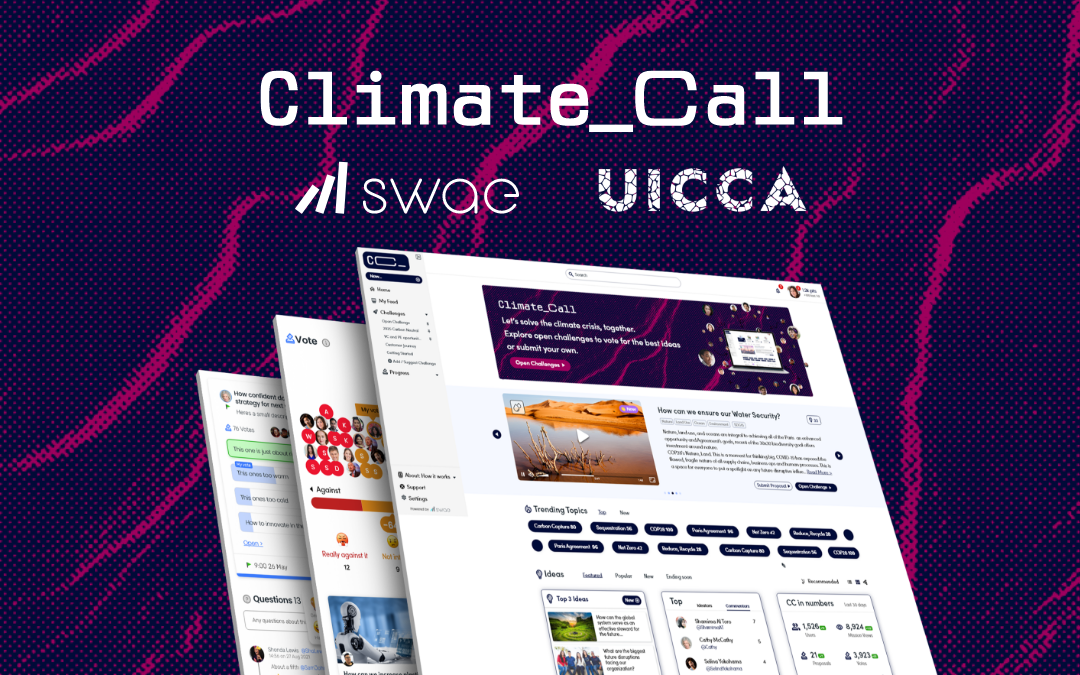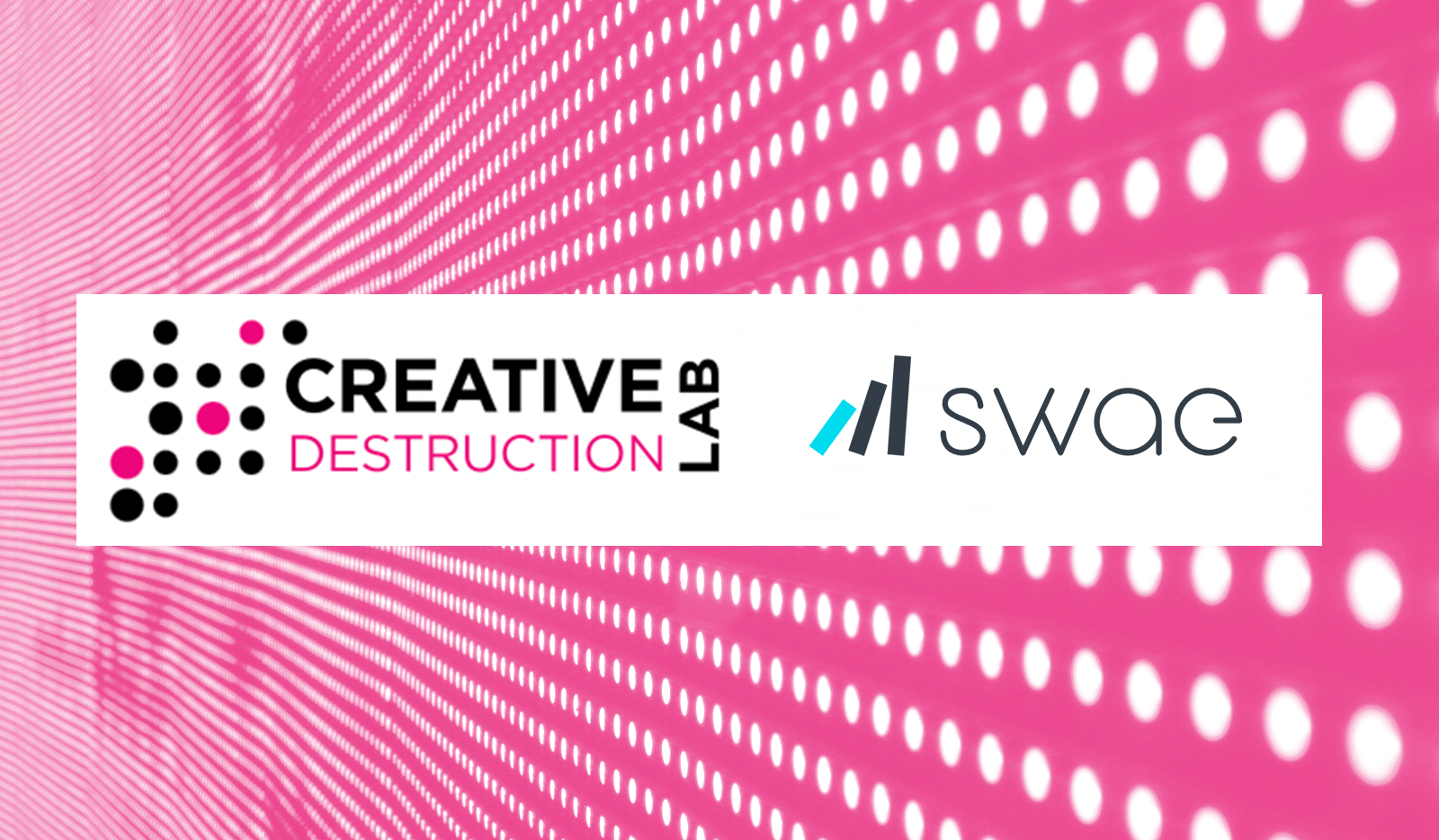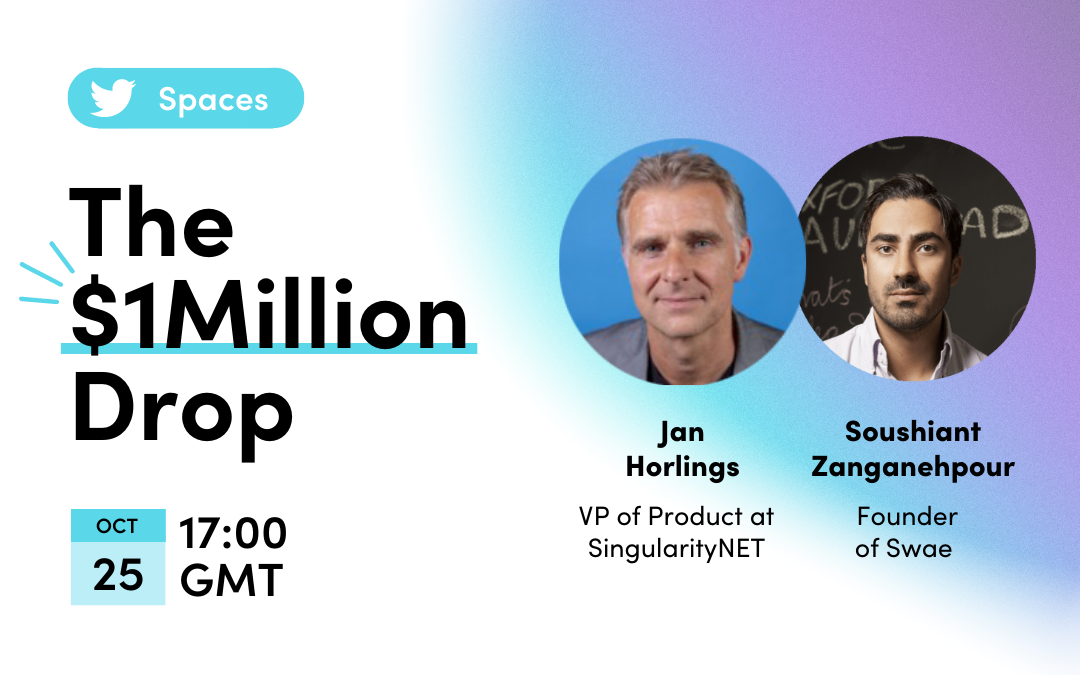How to be seen as a Brilliant and Bold Leader [Become a great Communicator] 1 June 2022 4 min ReadThis is a recap of Harvard Business Review @HarvardBiz ’s Good Leadership is About Communicating Why, by Nancy Duarte @nancyduarte. Becoming a bold leader means that...

Being Honest in Leadership Roles Helps Drive Innovation and Long-Term Success

Being honest in Leadership roles helps drive Innovation and long-term Success
Doing Decision-Making Right Without Blinders On
23 May 2022 5 min Read

This is a recap of Harvard Business Review’s @HarvardBiz “Decisions Without Blinders” study.
Being honest in leadership roles seems as if it’s a no-brainer, but as we well know, that’s hardly the case in many organizations around the globe. It may not always be about “not being honest” but there are still many ways that employees of any company, leader or not, can be more cognizant of information seeking when making decisions.
According to this study’s insight, “Social science research has shown that decision-makers ignore certain critical information without realizing it.” Why? Because of something they’ve coined “bounded awareness,” which means the cognitive blinders that prevent a person from seeing, seeking, using, or sharing highly relevant, easily accessible, and readily perceivable information during the decision-making process. The cause can be anything from hiding information to not asking the harder questions.

“ Most people fail to bring the right information into their conscious awareness at the right time.”
MORE KNOWLEDGE | LESS TIME
The Two Minute Takeaway
KEY TAKEAWAY 1
Failure to see information
According to this research, this has led to massive problems because those who should be aware closed their minds off. This led to the inability to adapt their strategies so that their organizations could thrive. The outcome then becomes a lack of long-term success due to vital mistakes.
KEY TAKEAWAY 2
Failure to seek information
“Executives must rely on others to streamline the data flow for them, but they must be skeptical of the absence of contradictory evidence: It’s a red flag indicating highly bounded awareness.”
Failure to Share Information
Team members frequently fail to share unique information with one another. This is why meetings must have agendas and informational reports from the parties involved in the process of making a decision. Assuming that people will speak up is not, at this time, possible in many workplaces (due to employees not feeling safe to do so, and so much more. We’ve got loads of this kind of research within our resources center here).
Failure to Share Information
Why This Matters
There is going to be a split of how people operate in these remote/hybrid models. Some people can adapt easily and find it more rewarding, and then there will be those that have serious issues separating “being at home” and having to actually DO work at home (emphasis on the fact that they aren’t doing work hardly at all).
Asking questions like the ones shown here in these charts could help you get you ahead of the game when it comes to dealing with issues arising now (versus later). And, this is a time to look to your people to get more ideas as to how to ensure your employees don’t overdo it and end up working way too long not getting proper rest or time away from the computer/phone/whatever other device.

This recap references the Harvard Business Review article Decisions Without Blinders
by Max H. Bazerman and Dolly Chugh
Join our community and get the inside scoop, the latest insights to hack your innovation and helpful tips from our gurus.

Swae is helping organizations across the world to solve today’s problems and create tomorrow’s strategy. From Start-ups to Charities, and Enterprises to DAOs, our clients find that their greatest resource is their people, and Swae is proven to help get the best from the untapped potential within their workforce.
We’d love the chance to show you how Swae can help you find your next winning ideas…
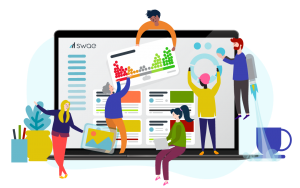
Ready to learn how Swae can help your organization?
More to explore…
How to be seen as a Brilliant and Bold Leader [Become a great Communicator]
Being Honest in Leadership Roles Helps Drive Innovation and Long-Term Success
Being honest in Leadership roles helps drive Innovation and long-term Success Doing Decision-Making Right Without Blinders On23 May 2022 5 min ReadThis is a recap of Harvard Business Review’s @HarvardBiz “Decisions Without Blinders” study. Being honest in leadership...
Many Companies Are Hiring Immediately [Research Shows People Desire Better Workplaces]
Many Companies Are Hiring Immediately [Research Shows People Desire Better Workplaces] Workers Are Quitting Their Jobs Like Never Before 15 May 2022 4 min ReadMany companies are hiring immediately and there’s a big reason why. U.S. workers are quitting their jobs like...

![How to be seen as a Brilliant and Bold Leader [Become a great Communicator]](https://swae.io/wp-content/uploads/Resources_Swae_Harvard_Business_review_How-to-Be-Seen-as-a-Brilliant-and-Bold-Leader-Become-a-Great-Communicator-400x250.png)

![Many Companies Are Hiring Immediately [Research Shows People Desire Better Workplaces]](https://swae.io/wp-content/uploads/Rew_Research_Swae_Many-Companies-Are-Hiring-Immediately-Research-Shows-People-Desire-Better-Workplaces-1-400x250.png)
![Supercharge Your Innovation Process [A Playbook for Transformation Through Innovation]](https://swae.io/wp-content/uploads/Swae_Resources_MIT_Sloan_Review_Supercharge-Your-Innovation-Process-A-Playbook-for-Transformation-Through-Innovation-1080x675.png)

![Swae_Resources_MIT_Sloan_Review_Supercharge Your Innovation Process [A Playbook for Transformation Through Innovation]1 FOFO business leaders not listening](https://swae.io/wp-content/uploads/Swae_Resources_MIT_Sloan_Review_Supercharge-Your-Innovation-Process-A-Playbook-for-Transformation-Through-Innovation1-1024x640.png)






